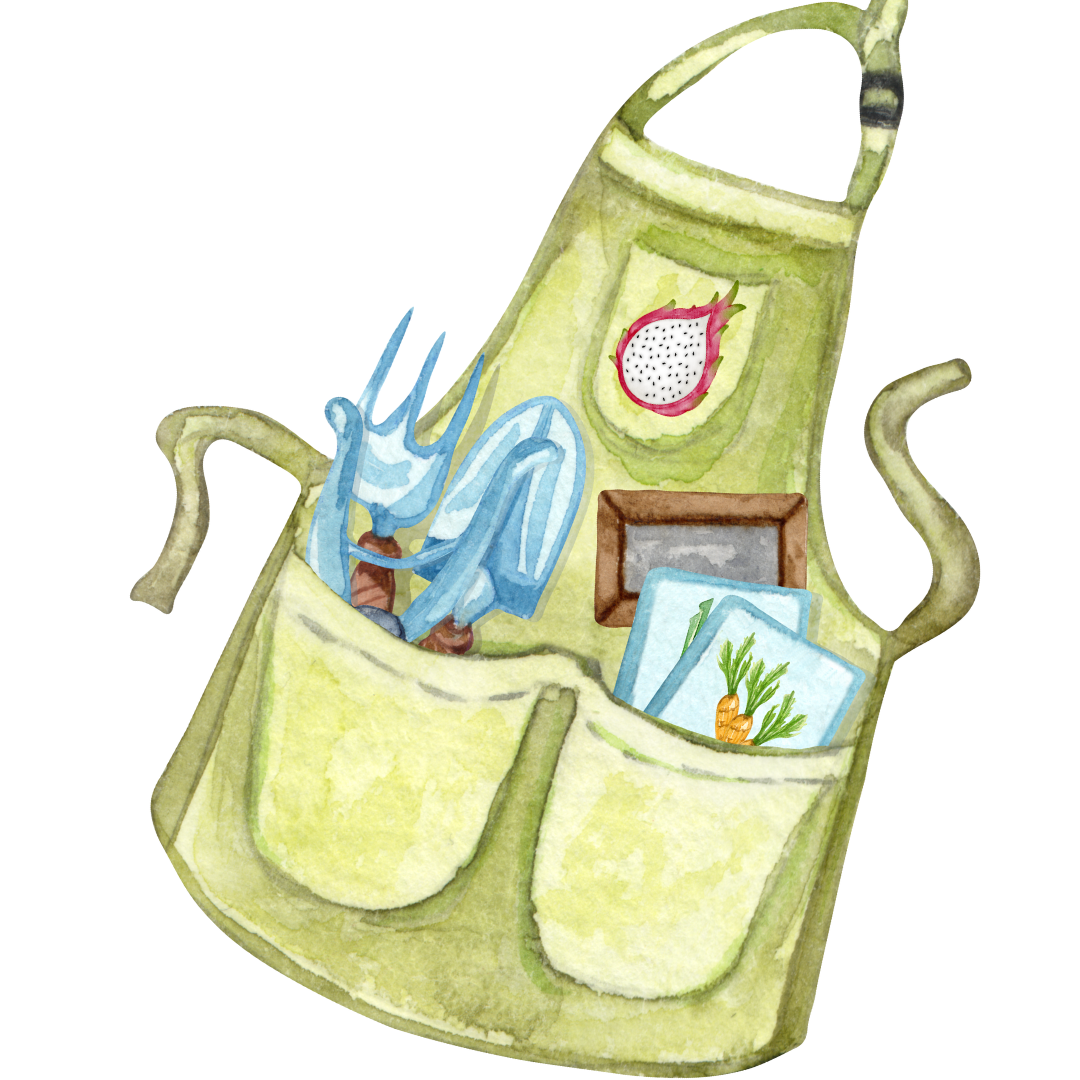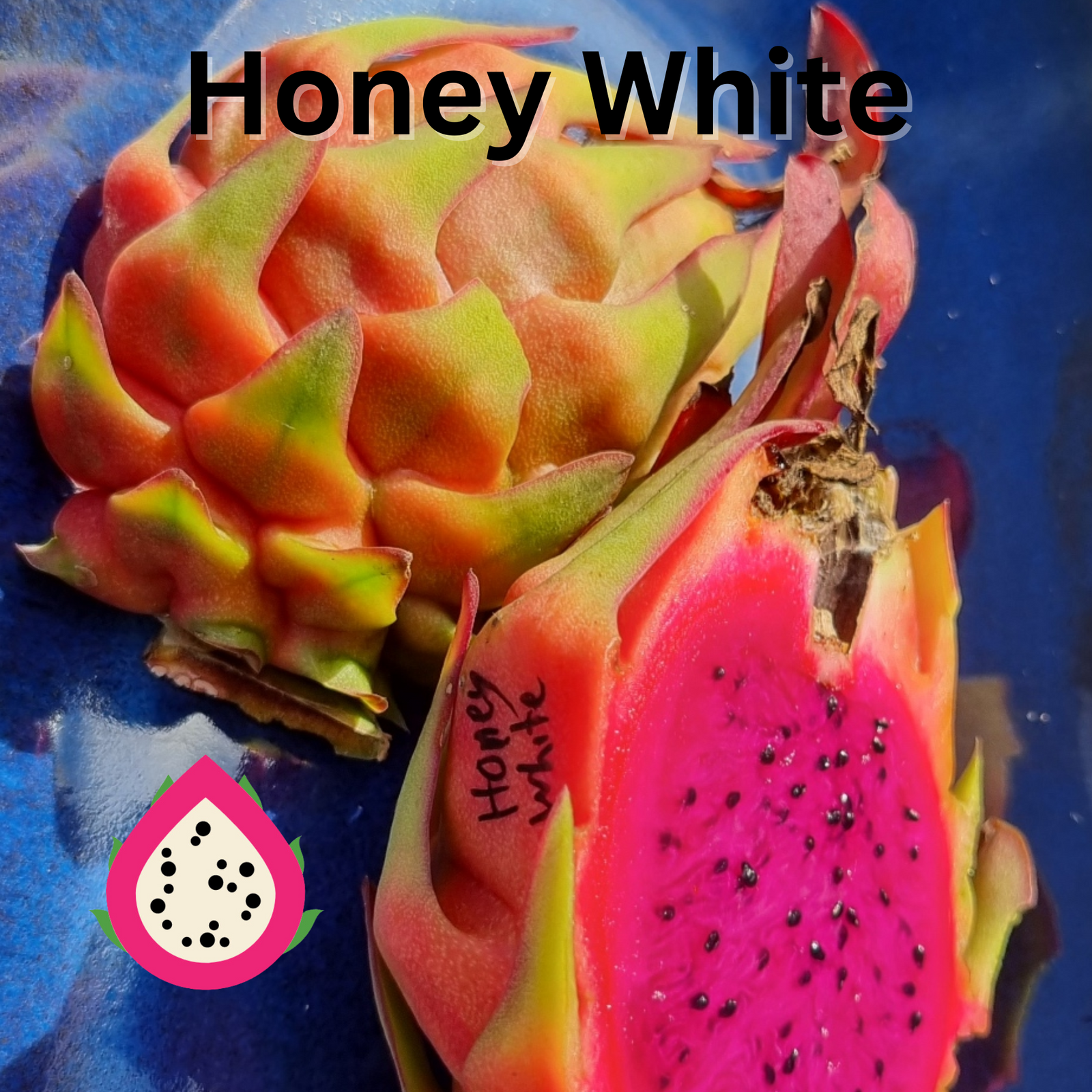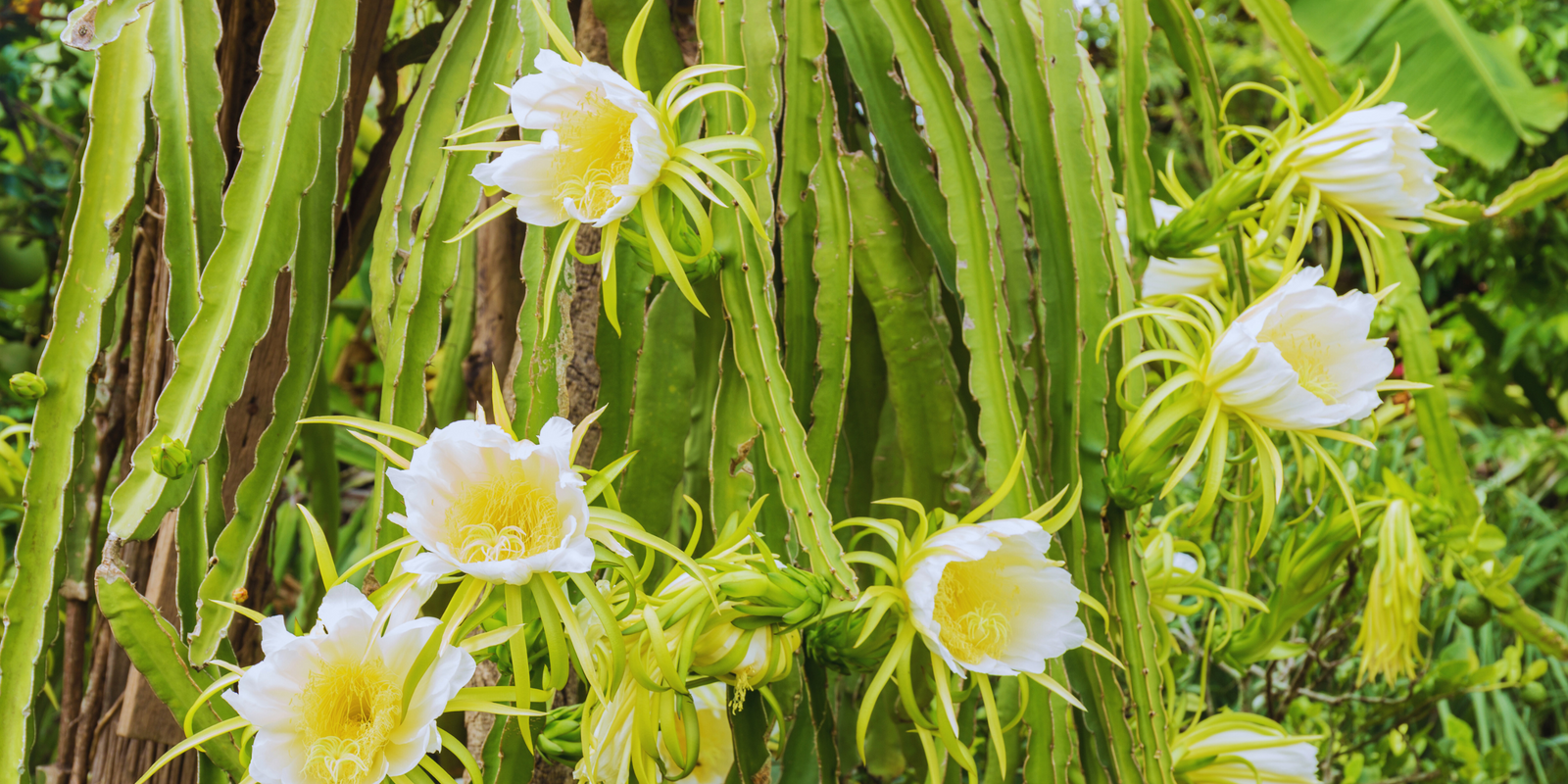Hand pollination of dragon fruit flowers is often done to improve fruit set and yield. Dragon fruit (pitaya or pitahaya) plants belong to the Cactaceae family, and their flowers typically rely on nocturnal pollinators like moths and bats for natural pollination. However, in certain situations, hand pollination can be beneficial for several reasons:

-
Limited Natural Pollinators: In some regions or environments, there might be a scarcity of natural pollinators like moths or bats. Hand pollination ensures that the flowers are successfully pollinated, leading to better fruit development.
-
Increased Yield: Hand pollination allows growers to control and optimize the pollination process. By manually transferring pollen between flowers, farmers can increase the chances of successful fertilization, resulting in higher fruit yield.
-
Variability in Flower Timing: Dragon fruit plants often produce flowers sporadically, and there can be variations in the timing of flower bloom. Hand pollination allows growers to cross-pollinate between flowers that may not have bloomed at the same time naturally, potentially improving fruit set.
-
Genetic Improvement: Controlled pollination enables growers to select specific parent plants for cross-breeding, aiming to enhance desirable traits in the next generation of dragon fruit plants. This can lead to improved fruit quality, size, and other characteristics.
-
Environmental Conditions: External factors such as weather conditions, including wind and rain, can affect natural pollination. Hand pollination provides a more controlled and reliable method, especially in adverse weather conditions.
When hand pollinating dragon fruit flowers, growers typically use a small brush or cotton swab to transfer pollen from the stamen (male reproductive organ) to the stigma (female reproductive organ) within the same or different flowers. This process mimics the natural pollination method but allows for better control and optimization in conditions where natural pollination may be challenging.







